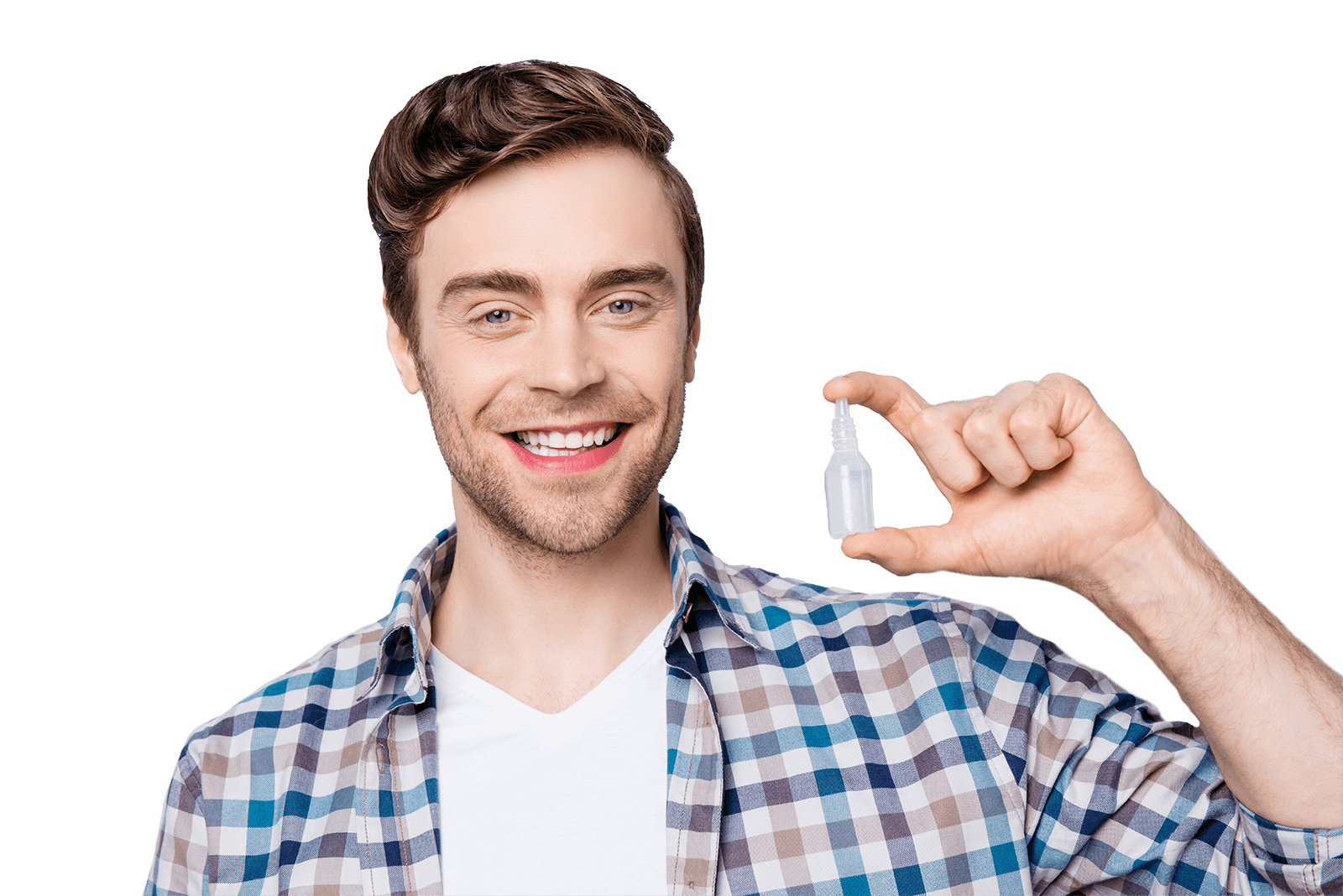
Dry eye syndrome has many symptoms and will rear its ugly head so many different ways. For one person there could be watery eyes, another person may experience blepharitis and another person may have meibomian gland dysfunction. The issue that most people struggle with is that their life is being impacted and to move beyond this a thorough dry eye exam needs to be performed. The big issue here is that not all eye centers are equipped to handle this properly. This is why it is important to have a dry eye professional work with you from the start. We have watched patients be given drops that do nothing for years as they continue to struggle. You need to get a proper diagnosis before a treatment protocol can be determined.
Learn moreDry eye syndrome is one of the most common eye conditions in the world. Millions of Americans suffer from dry eye syndrome each year. If you have ever experienced the dry, itchy, red eyes that come along with this condition, you understand how frustrating it can be.
Dry eye syndrome occurs when your eyes do not produce enough tears, or when the tears that are produced are of bad quality. Most people suffer from a type of dry eye syndrome called “evaporative” dry eye. This means that the meibomian glands inside of the eyelids are not producing enough lipids (oils) to keep tears from evaporating too quickly.
Dry eye symptoms can range from mild to extremely uncomfortable, sometimes making daily tasks more difficult. Reading, driving, using a computer or watching a television can all become more difficult when dealing with dry eye symptoms.
It can be a struggle for some people to find the right treatment for their symptoms. Different treatments work for different types of dry eye syndrome. Luckily, there are many different treatment options available today, meaning that one is bound to work for you.
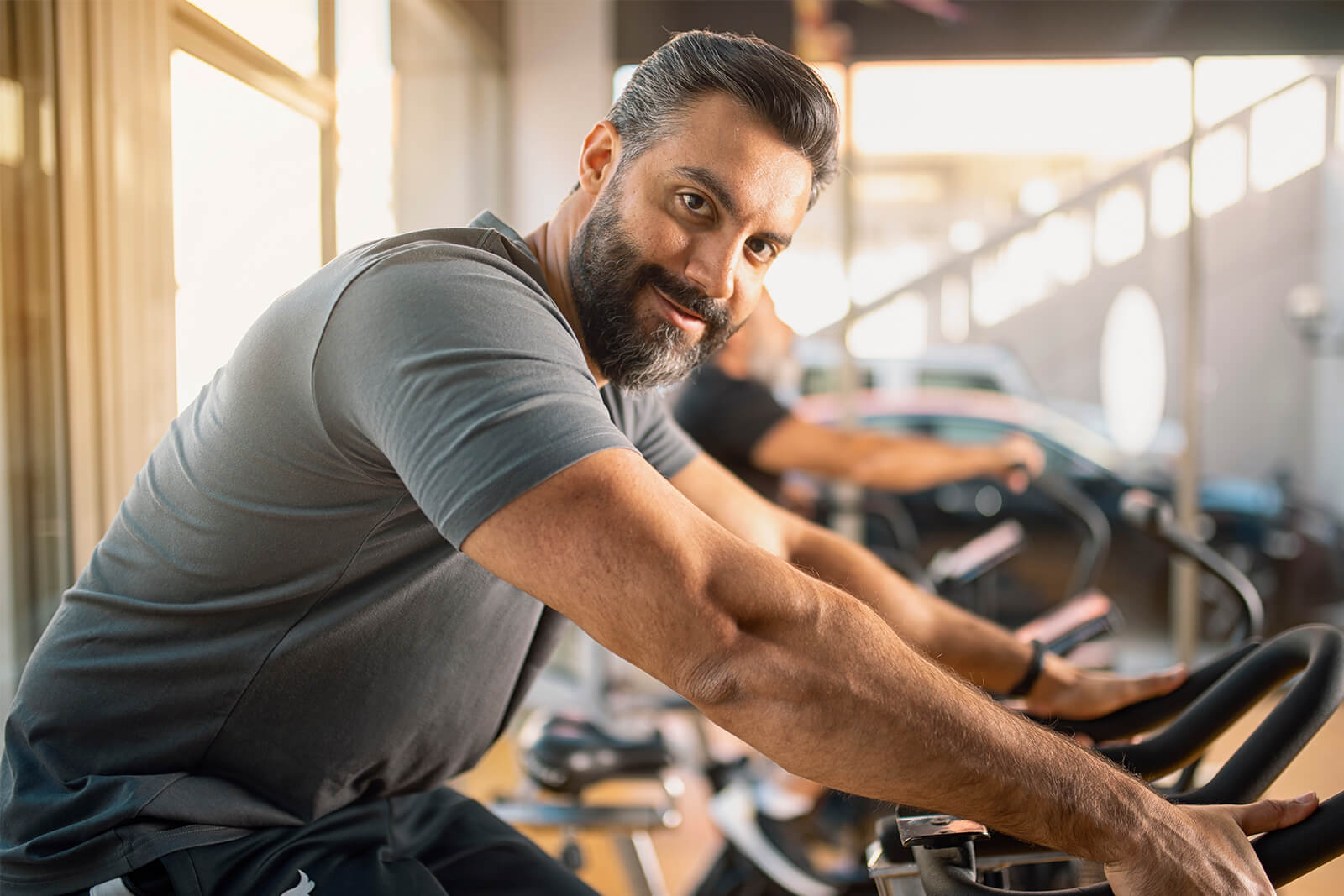
Dry eye syndrome appears differently in each patient. If you are experiencing all or some of the following symptoms, chances are you have dry eye syndrome:
The only way to know for sure if you have dry eye syndrome is to contact your doctor for a diagnostic test. From there, your doctor will decide on a course of treatment that will work for you.
There are several different types of diagnostic tests used to diagnose dry eye. Your doctor will choose which diagnostic test to run based off of your symptoms. One of the most common of these tests is the Schirmer’s test. During this test, your doctor will collect some of your tears from your inner eyelid using a small strip of filter paper. These pieces of filter paper will measure the amount of moisture on your eye.

Once it has been determined that you have dry eye syndrome, your doctor will decide what the best course of action is. There are many different types of treatments, and it can sometimes take some trial and error to see which one works for you. Here are some of the most common types of dry eye treatment:
If you are suffering from dry eye syndrome and want relief, make an appointment with a dry eye doctor near you!
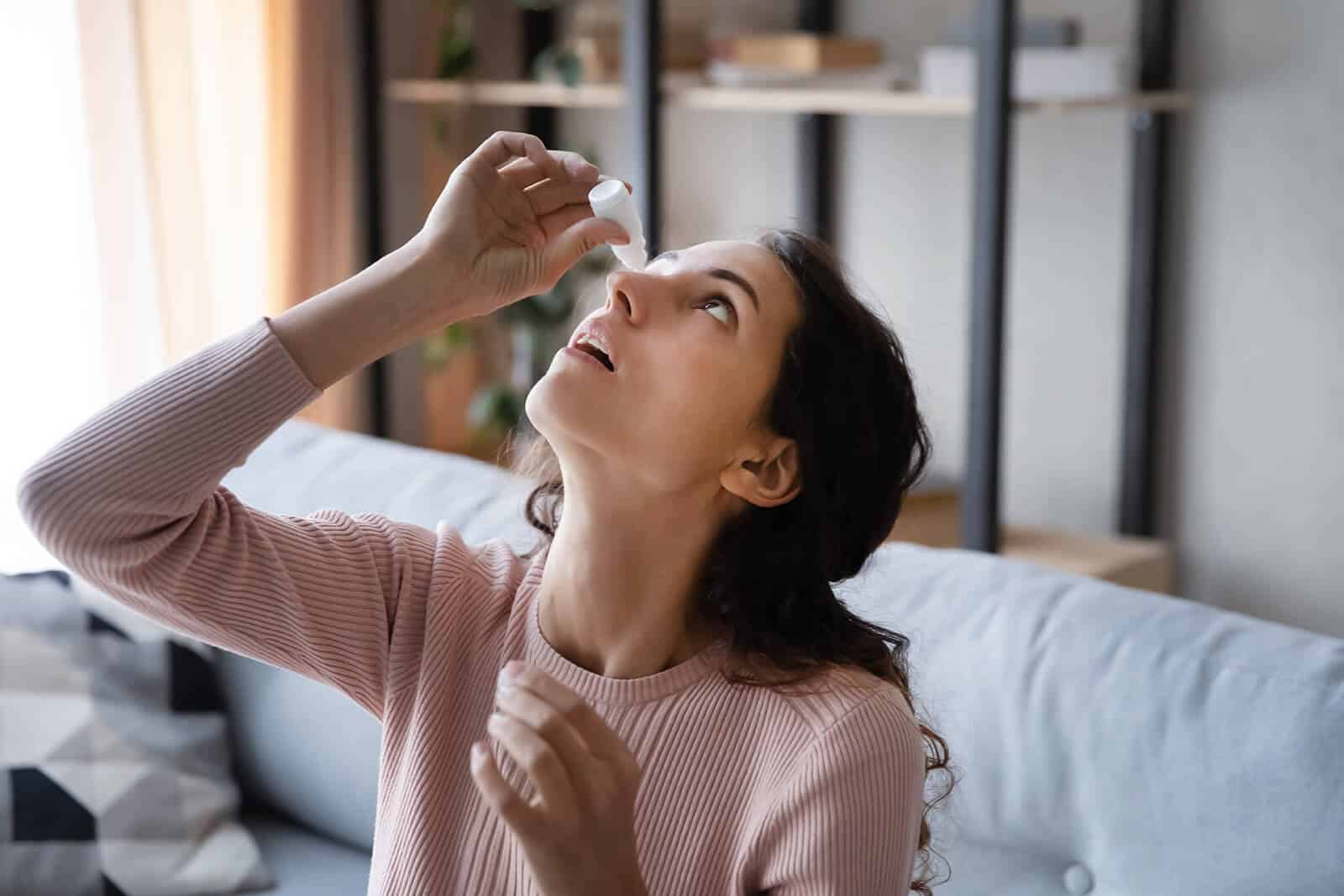
Lorem ipsum dolor sit amet, consectetur adipiscing elit. Suspendisse varius enim in eros elementum tristique. Duis cursus, mi quis viverra ornare, eros dolor interdum nulla, ut commodo diam libero vitae erat. Aenean faucibus nibh et justo cursus id rutrum lorem imperdiet. Nunc ut sem vitae risus tristique posuere.
Lorem ipsum dolor sit amet, consectetur adipiscing elit. Suspendisse varius enim in eros elementum tristique. Duis cursus, mi quis viverra ornare, eros dolor interdum nulla, ut commodo diam libero vitae erat. Aenean faucibus nibh et justo cursus id rutrum lorem imperdiet. Nunc ut sem vitae risus tristique posuere.

Dry eyes can cause a gritty, sandy sensation, burning, stinging and itching. Some people notice their eyes sticking shut when they wake up. Sometimes a dry eye can actually seem watery. The eye can be producing poor quality, reflex tears, which don’t do the job of keeping the eye lubricated.
The first line of treatment is usually artificial tears. There are several excellent brands on the market. One person may like one type better, while another may find a different brand works better. If you are using artificial tears more than 4times/day, a non-preserved tear should be used. Ask your eye doctor to make some recommendations. If your eyes are severely dry, a humidifier in rooms that you spend a lot of time may be helpful. There are now also prescription drops (Restasis) that can alleviate dry eyes.
Doctors can now place tiny collagen or silicone plugs in the drainage canals of your eyelids. These plugs prevent the tears from draining down and out of your eyes. Collagen plugs last about 2 weeks. Generally they are a good first step. If the patient notices improvement for a few days, then the symptoms return, permanent silicone plugs can be inserted. While these plugs are removable if necessary, they do not dissolve on their own and don’t require replacing.
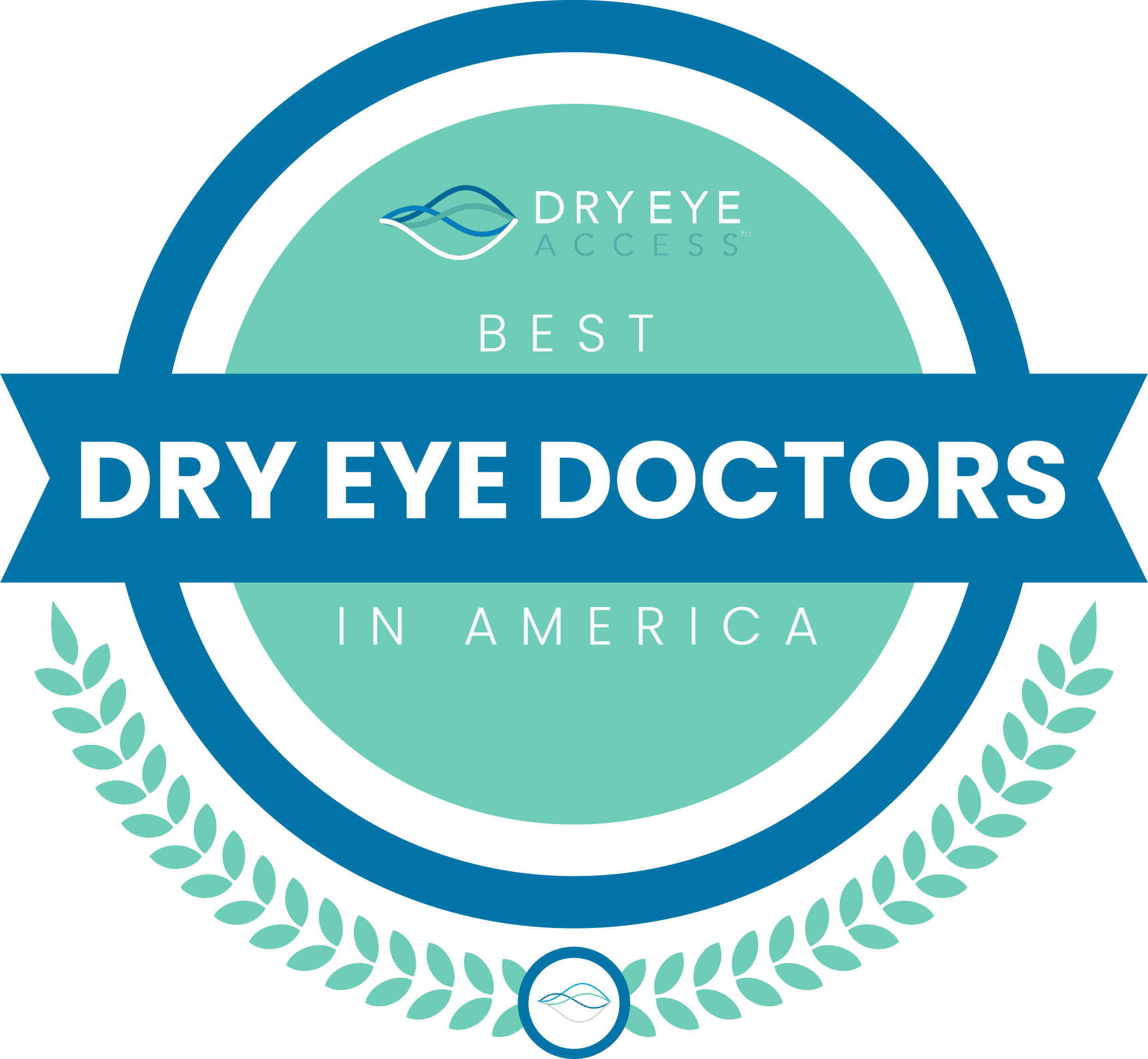
In order to be considered a dry eye center of excellence our practices cannot just offer basic screenings and lubricating drops. These centers have dedicated time and resources to being the best by attending courses, trying different protocols and utilizing the latest technologies. Without a modern approach to treating dry eye patients will miss the opportunity for dry eye relief.
Some of the best dry eye doctors commit to continuing education with courses such as Dry Eye University and the American Academy of Ophthalmology. Every year new dry eye therapies emerge and it is important to gauge how they will fit into a center of excellence.
Documenting what helps patients with certain symptoms can be key I ever evolving dry eye therapy. Differentiating patients that have allergies versus those with glad dysfunction is important to developing success metrics at the clinic level.

Held over two dynamic days, multiple times a year, the live education experience delivered through Dry Eye University is unmatched in both range of topic and depth of insight. Developed by experts in Dry Eye Disease from Bowden Eye, each module is thoroughly researched and validated through years of in-the-trenches clinical practice. The content is so compelling that many of the practices that take part in Dry Eye University attend the event multiple times. They often bring additional members of the practice to ensure every aspect of the Dry Eye University philosophy is delivered to each and every patient.
Dry Eye Access is the ideal education complement to Dry Eye University as Dry Eye Access allows members to learn what they need to learn when and how they want to learn it: at their own pace, in their own way, in their own time.
Upcoming Events
November 4-5, 2022 | One Ocean Resort and Spa
1 Ocean Blvd, Atlantic Beach, FL
32233